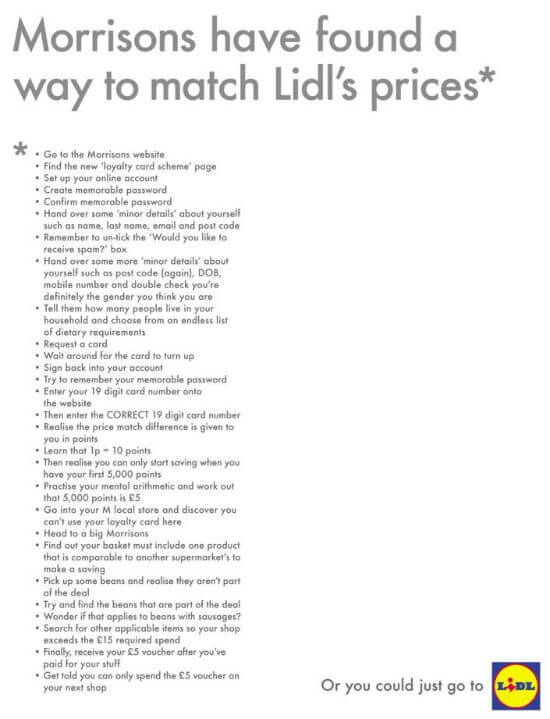Latest
Disruptive planning: breaking the mould for marketers
You’re in a bind. The deadline for the final marketing plan is looming and the only help you’re getting from the partners is to spend more money on their platforms. You could always just repeat last year’s plan. Last year’s plan did fine. Maybe you could have a whiteboard session with the team and thrash out some new ideas. Maybe you could see what your competitors did last year, scrolling through their Facebook page and trying to remember that perfect ad you saw 12 months ago.
What you and your team should be striving to do is break the mould, flip the script or any other overused phrase for changing things up. In this article, we will be discussing some easy and some not so easy ways to disrupt the way you plan your marketing activity.
Go Audience-Centric
Don’t look at your marketing plan on a channel by channel basis, with X amount of budget for Paid Social and X amount for Shopping. An audience-centric approach allows for more flexibility across channels and it means that you can measure the success (or failures) of each targeted audience. As an engaged marketer, you know the audiences that love your brand and you know what audiences your brand is failing to engage. This gives you a pretty good starting point when it comes to allocating marketing budget.
Once you know your budget by audience, you can then break that budget out by channel. With the audiences you’re struggling to engage with, having more money spent on awareness and getting the initial sale whilst your already engaged audience’s budget is focused on customer retention and upselling.
It’s important to remember with this approach that sometimes people don’t fit into the audiences we might want them to, therefore budget should be put aside to market to the leftover potential customers.

Go to War
A war chest is a necessity for many big retailers, budget set aside to steal market share and protect sales from encroaching competitors, when planning you should always prepare for war. Everyone has seen examples of brands bantering with each other on Twitter (if not check out Wendy’s). A friendly jab at your competitors is now the norm. When going to war, however, a tweet or two won’t cut it.
You don’t need to be Sun Tzu to plan a good war; it should be omnichannel, from offline ads such as the one below to using Google’s Custom Intent and Custom Affinity audiences to target competitor’s customers. Your plan should focus on the pitfalls of your competitors or highlight your USPs. You should always be honest and try to keep it light-hearted.

Go Test Yourselves
Start with a hypothesis and build your plan around that hypothesis. Plan direct tests between different channels or partners to gain crucial insights into what works best for your business. Talk about planning in terms of how many different creatives you want to test, or how you’re going to test different bid strategies. Think of your whole budget as testing budget, sure only 10-15% might be spent on something shiny and new, but the whole budget should be used to answer questions that benefit your business in the long run. No more of this “it works just fine” attitude that results in brands running the same ad for 6 months at a time.

Go Data-led
It’s not revolutionary to suggest that data-led decision-making results in better performance, any LinkedIn Marketing ‘Guru’ will tell you that. The sheer amount of data available to most marketers can sometimes feel like data overload; too many meaningless metrics, thousands of external factors to consider and platforms telling porkies. So, too often data-led insights are actually cherry-picked data snippets that tell the story the storyteller wants to tell.
Marketers need a true north, a data set that they have trust in that can point them in the correct direction and answer the questions necessary to make smarter decisions. Bonus points if that data is available in easy to understand data visualisations, staring at hundreds of rows of data trying to pick out what’s relevant isn’t fun for anyone.
Once you have your true north planning becomes a lot easier, a Retail Intelligence Platform like Purchase Predictor can quickly compare demand against historic sales, meaning you know when your customers are in market and where there are gaps in your current plan.
Ready for change? Let's talk
Speak to Summit